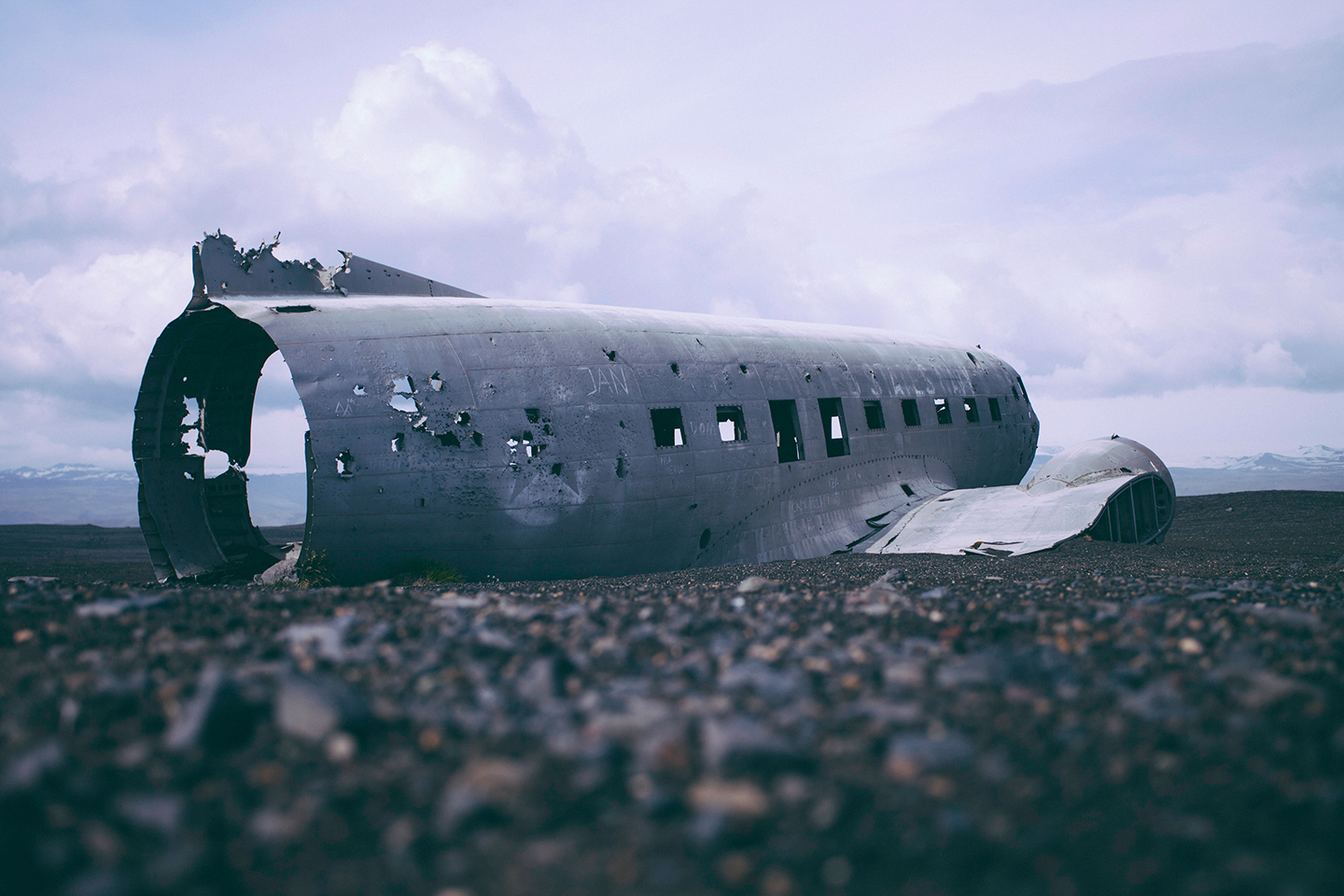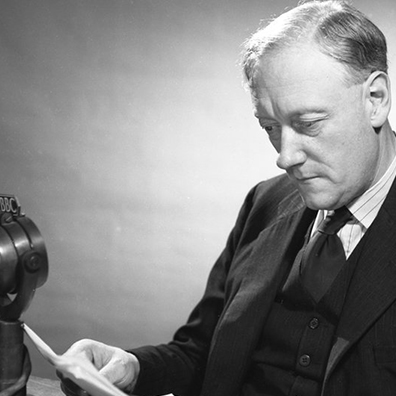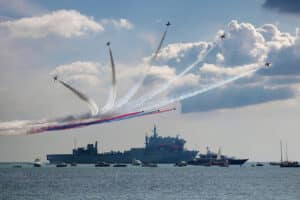
Investigating an airline accident – Part I
1431 words • 8 minutes

As I write this, experts around the world are poring over the preliminary report on the Ethiopian Airlines 737 MAX accident. This is the second 737 MAX to have been lost in recent months and both the air transport industry and the traveling public are understandably concerned.
Since there is first-rate reporting being done on these accidents, my intent in these three installments is not to look at the specifics of those accidents, but rather to give you a general overview of how investigators determine what might have caused an accident. Airline accidents are, after all, serious news and everyone wishes to be reassured that air travel is still safe.
When looking at the “what and why” of accidents we find ourselves in the midst of tragedy. When lives have been cut short it is hard to find much to be glad about. Within this horrific context however, investigators will skillfully apply science, experience, engineering, and intuition to tease out the valuable lessons that will help us prevent future accidents.
When I started flying, I often heard the old tale that accidents always come in threes. Over time, I learned that if they did not occur in threes then they at least came in pairs. For some reason, this idea has remained cemented in the back of my mind—particularly when it comes to airline accidents.
This has a tinge of foolishness I know. Reality doesn’t keep count and it certainly doesn’t care about my superstitions. Besides, to look at it logically, what time span do these accidents need to occur to say that they have come in twos or threes? A month? A year?
I think though that these hunches are the by-product of flying and having to always keep an eye and ear open for news of accidents. Since I have earned my living flying airliners, I have made a point of reading about accidents and incidents (See Note 1 for the difference between the two). Be assured that this is not some prurient or creepy interest of course, but rather it stems from wanting to learn those lessons that might help protect my flights and my passengers.
How one approaches the topic of an airline crash is important, for the goal of any investigation is not to place blame, but rather to learn. Pilots, aircraft manufacturers, mechanics, airlines, and the regulators know that lessons are often, and sadly, written in the blood of lost crewmembers and passengers. Sure, a court of law might later place legal blame (or culpability to use the proper term), but that is a matter for lawyers and not the accident investigator. His/her primary goal is, as always, to ensure that flying remains as safe as possible.

Each day, around the world, there are approximately 70,000 commercial airline flights. It is a testament to the professionalism of the manufacturers, mechanics, crewmembers, airlines, and the regulators that they can execute this game plan nearly perfectly, on a staggering scale, year in and year out.
Yet let’s pause for a moment however, on that word “nearly.” Unfortunately, accidents do happen and probably always will. While each member of the team strives toward perfection, it is a ghost that we can never quite tame.
In 1961 Ernest K. Gann wrote a book called Fate is the Hunter that is arguably the best aviation book ever penned. Gann started his commercial aviation career in the 1930s—the formative years of air travel when it often really was dangerous to fly. Gann lost a good number of colleagues to accidents and was himself lucky to escape with his own life on more than one occasion.
Gann described Fate as being a patient, but always lurking, hunter who will pounce on the slightest mistake. It does not respect technology, the confidence of the pilots, or the education of the aircraft designers. In fact, the humans in the drama can be perfectly blameless and it is other factors that allow Fate to strike. It is cunning, capricious, and cruel and those who have fallen victim to it, sadly, are the ones who provide the lessons to those of us who remain.
When Fate does strike, it is the job of the investigators to grab their “sleuthing tool-bag” and get to work. And where that work might be can be anywhere in the world—at the bottom of the sea, in a mountain jungle, or an industrial park at the end of a runway. Location is not important to Fate. Anywhere will do when it is hungry.
But before we look at how the investigators do what they do, it might help for us to review how the international air transport system is structured and who is “in charge” when an accident occurs—something that is not always easy to sort out.
With very few exceptions, each nation is responsible for certifying its airlines, crewmembers, and mechanics as well as establishing the rules, procedures, and air traffic control within its national airspace.
Germany, for example, will regulate the German airlines, German pilots, and German airspace. This is true for Japan, South Africa, and everyplace in between.
In order to standardize operations around the world however, 192 of the 193 United Nations (UN) member countries plus the Cook Islands belong to a specialized UN agency located in Montreal, Canada called the International Civil Aviation Organization (ICAO). Within this agency the world’s nations come to agreements regarding air navigation, standards, rules, and procedures. The goal is to homogenize operations in the airspace and at the airport to enhance consistency, efficiency, and safety.
These agreements are the cornerstone in allowing international air travel to be safely and predictably conducted. Without them it would be a free for all in the air and at the airport. Should a nation not agree with a particular procedure or have special circumstances, it publishes an exception so that crews flying into, out of, and over that country can be sure they are following the proper procedures.
Under that ICAO umbrella and within each nation, or at least the ones with a significant aviation presence, there is a structure of regulators and investigators. Here I will use the United States as an example as it is, along with other advanced nations, a good model of a robust civil aviation system. Very small countries will not, of course, have quite the same resources as the U.S. or Europe, but they will still designate an official who has oversight over aviation procedures and the control of air traffic.

In the U.S., the Federal Aviation Administration (FAA) regulates air traffic, licenses pilots, mechanics, dispatchers and deems aircraft airworthy. This is a very wide remit as the FAA is assigned responsibility over all civil aviation operations as the rule maker and enforcer.
They do not however, normally investigate aircraft accidents and incidents. That is left to a totally separate agency—the National Transportation Safety Board, known simply as the NTSB. The NTSB takes the lead role in aircraft accidents as well as some marine, railroad, and highway accidents. Its purpose, and strength, lies in investigation and it is, fortunately, as free from politics as it is possible to be—I have rarely heard anyone question its impartiality.
Beside working in the United States, both the FAA and the NTSB can, and do, assist other countries with their regulatory and investigatory efforts. They have very deep “reachback” to expertise at the aircraft manufacturers, suppliers, scientific labs, universities, and from various subject matter experts (SMEs). Each accident is different and the NTSB might need a certain expert for one investigation but not another.
Before we close out Part I, let’s take a quick review: Nearly every nation that is a member of the United Nations has a regulatory agency to make and enforce the rules of civil aviation. If the country has a significant aviation presence it will most likely also have a separate investigation branch. In turn, each country is a member of the specialized UN agency called the International Civil Aviation Organization (ICAO) in order to ensure worldwide standardization for air traffic. Additionally, for our examples, I pointed out that in the U.S. the FAA is the regulatory agency while the NTSB does the accident investigation work.
Next week, in Part II, I will trace what happens when the worst occurs and there is an accident. We will look at the questions that need to be answered even before the actual investigators arrive on the scene.
In the meantime, I hope you enjoy your flight!
![]()
Note 1: In the world of health and safety there is a difference between accidents and incidents. Broadly speaking, in an incident property is damaged whereas in an accident, humans are killed or injured. You can see an introduction here: Accidents and Incidents
Sometimes there can be a dollar value that is assigned. Imagine a scenario in which a plane hits part of the jet-bridge as it is taxing toward the gate. While this will be expensive, it is nowhere close to the cost if the airplane, while sitting at the gate, caught fire and burned to the ground. Since the aircraft has received substantial damage it is considered an accident even though there have not been injuries or deaths.
The word “crash” is a bit tricky. Purists normally do not use it in formal safety programs and instead stick with the aforementioned accident or incident. But…even the NTSB uses the word crash on its website to break up the monotony of the terms. I definitely agree with their approach as the word is so common that it needs no introduction. We can certainly mix it up and leave the formality to the written reports where we need the accuracy.







Nice introduction Neal. As you may remember from “bar talk,” I was a Flight Safety Officer in a previous assignment & a graduate of the USC Accident Investigation Course @ Norton AFB in 1986. It was the best formal training I attended other than UPT in my career.
Thanks Bill. I envy you. I have always been interested in safety and was a squadron safety officer at McGuire. I separated from active duty before I could get to the safety school. I really admire the work these men and women do–impressive stuff!
Great start! I had wondered why the NTSB was at every airplane crash. Which two countries of the 193 U.N. nations are not part of ICAO?
Not related to the subject of crashes…Bill’s comment about the training he received in the military. I love that the military will train the hell out of you. It’s something I have not experienced as a civilian worker. The training and discipline is what makes ex-military so employable and sought after by companies like mine. I sometimes wished that I had joined up. Oh, to go back 35 years!
I agree on the training that the military gives. No matter what the field/specialty, it drills and trains and prepares and tests. I wish corporations could budget that much to employee preparation.
Good catch on the number of member nations. Rechecking my notes, ICAO actually has 193 members–192 of the 193 UN nations plus the Cook Islands. The Cook Islands is an independent country, but is not a formal member of the United Nations.
The one country that is not part of ICAO? Lichtenstein as it does not have an international airport.